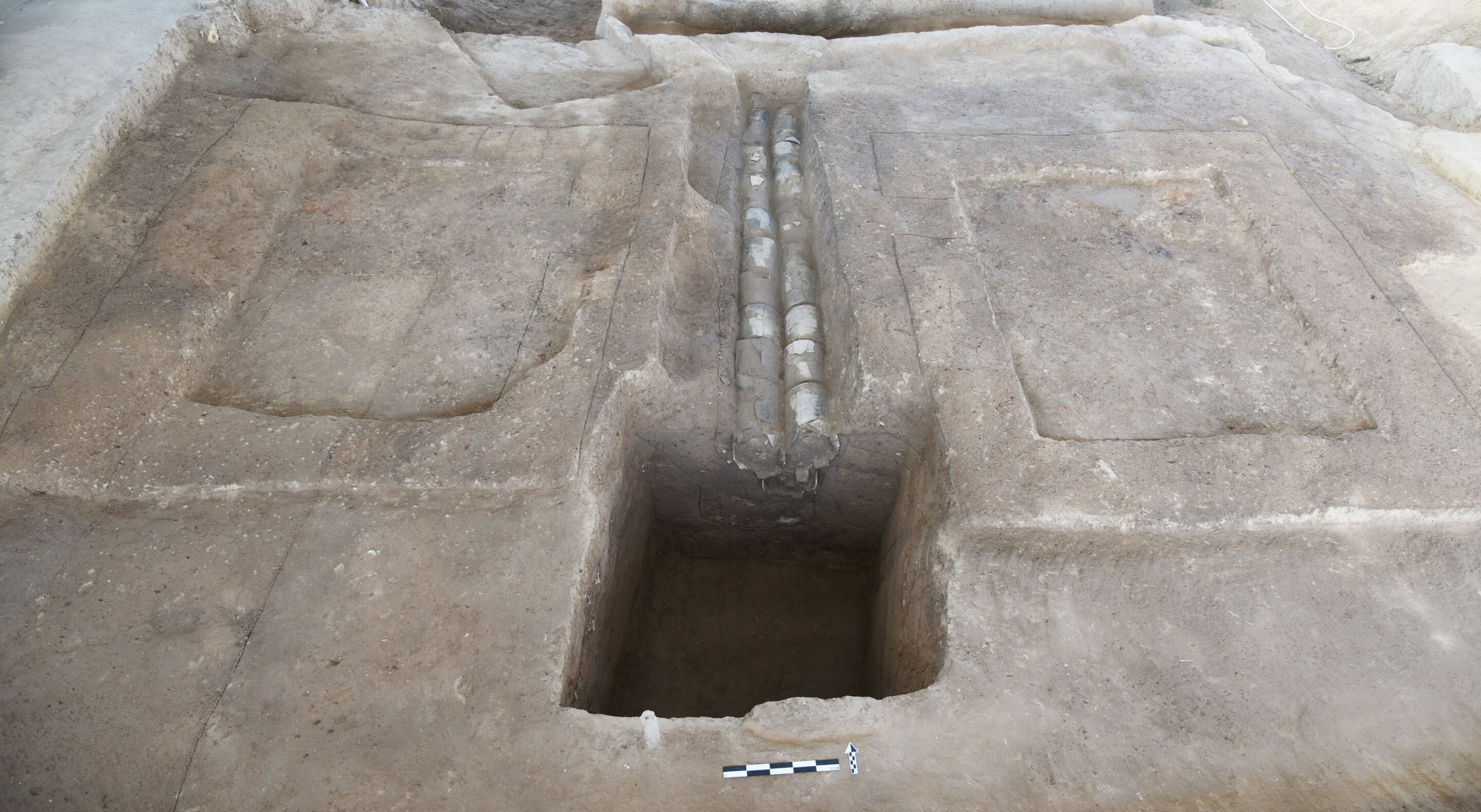A study conducted by researchers from University College London has revealed that ancient ceramic water pipes, discovered in China, provide evidence that neolithic people were capable of complex engineering feats without the need for a centralized state authority.
The findings, published in Nature Water, describe a network of ceramic water pipes and drainage ditches at the Chinese walled site of Pingliangtai, dating back 4,000 years to the Longshan period. The network demonstrates cooperation among the community in building and maintaining the drainage system, despite the absence of a centralized power or authority.
Dr. Yijie Zhuang from UCL Institute of Archaeology, the senior and corresponding author of the study, stated, “The discovery of this ceramic water pipe network is remarkable because the people of Pingliangtai were able to build and maintain this advanced water management system with stone age tools and without the organization of a central power structure. This system would have required a significant level of community-wide planning and coordination, and it was all done communally.”
The ceramic water pipes form the oldest complete drainage system ever found in China. Constructed by interconnecting individual segments, the water pipes run along roads and walls to divert rainwater, showcasing an advanced level of central planning at the neolithic site.
Researchers are surprised by the lack of evidence of social hierarchy in the settlement of Pingliangtai. The houses were uniformly small, indicating no signs of social stratification or significant inequality among the population. Excavations at the town’s cemetery also revealed no evidence of a social hierarchy in burials, which is a notable contrast to excavations at other nearby towns from the same era.
2023-08-15 06:48:03
Article from phys.org rnrn
